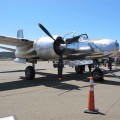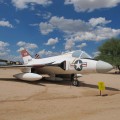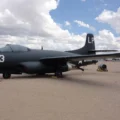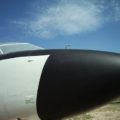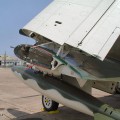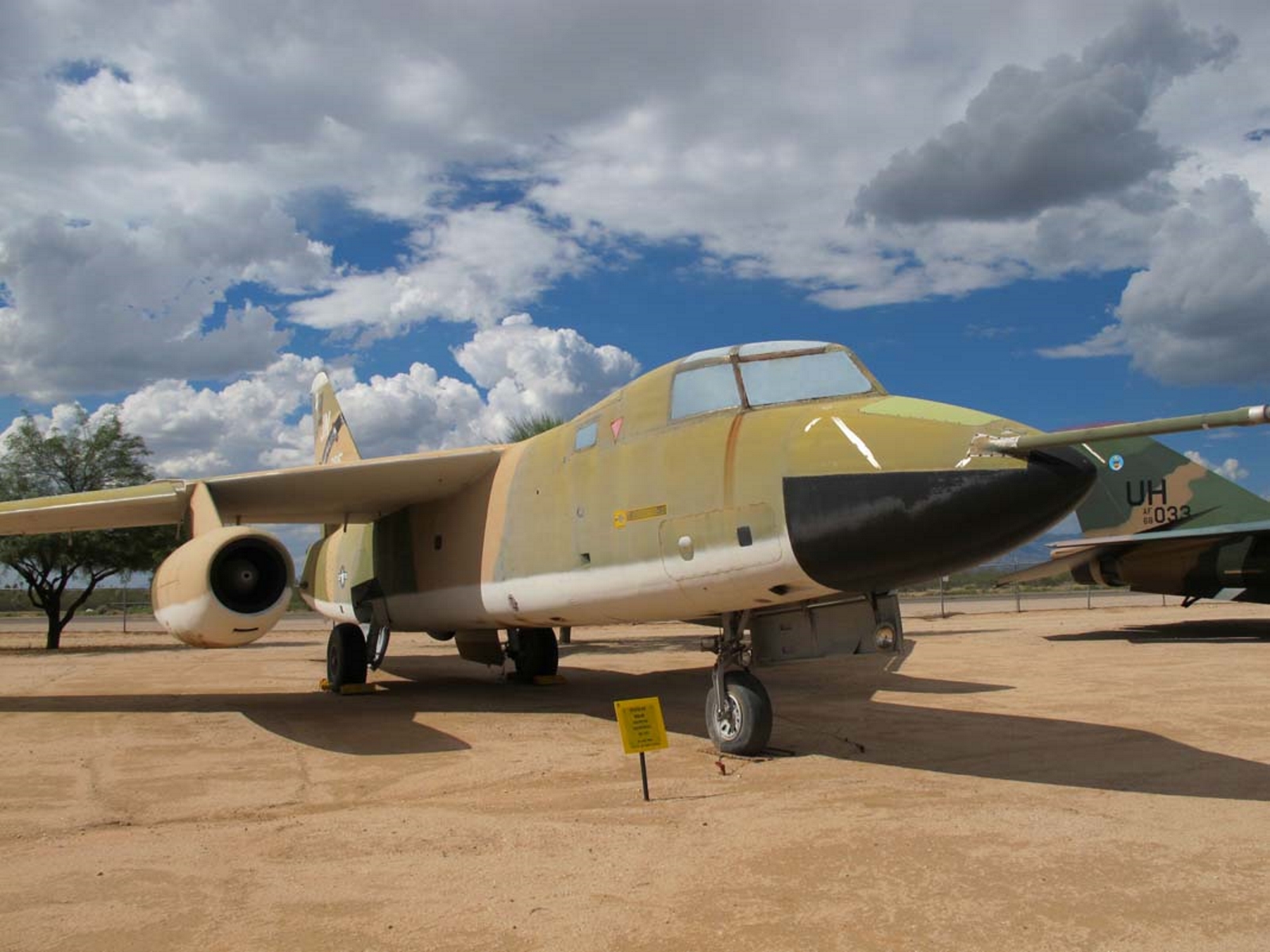
| Riik | USA |
| Rolli | Kerge pommitaja |
| Esimene lend | 28. juuni 1954 |
| Number on loodud | 294 |
Fotogalerii Douglas WB-66 hävitaja, The Douglas B-66 Destroyer was a U.S. Air Force Tactical Air Command light bomber based on the United States Navy’s A-3 Skywarrior carrier-based heavy attack aircraft. It was intended to replace the Douglas A-26 Invader. An RB-66 photo-reconnaissance version was ordered simultaneously. The USAF B-66 retained the three-man crew from the US Navy A-3, but incorporated ejection seats that the US Navy variant lacked. WB-66D: Electronic weather reconnaissance variant with the crew compartment modified for two observers, 36 built with two later modified to X-21A.
Allikas: Douglas WB-66 hävitaja Wikis
| Douglas WB-66 Destroyer | |
|---|---|
| Fotograaf | Vladimir Jakubov |
| Lokaliseerimine | Pima õhumuuseum, Tuscon |
| Fotod | 167 |
| RB-66C Destroyer Walk Around | |
|---|---|
| Fotograaf | Fotios Rouch |
| Lokaliseerimine | Teadmata |
| Fotod | 21 |
Vaata ka:
2007 Douglas WB-66 hävitaja was a modified version of the B-66 Destroyer, a jet-powered light bomber and reconnaissance aircraft developed by the Douglas Aircraft Company for the United States Air Force in the 1950s. The WB-66 was designed to perform weather reconnaissance missions, using advanced radar and meteorological equipment to collect data on atmospheric conditions and weather phenomena. The WB-66 had a crew of five: pilot, co-pilot, navigator, radar operator and weather observer. The WB-66 was equipped with a large radome under the fuselage, housing an AN/APS-54 weather radar, and a tail-mounted AN/APS-33 search radar.
2007 WB-66 also carried various cameras, sensors and probes to measure temperature, humidity, pressure and wind speed. The WB-66 had a range of about 2,400 miles (3,900 km) and a maximum speed of 630 mph (1,020 km/h). The WB-66 entered service in 1956 and was deployed to various locations around the world, including Europe, Asia and the Pacific. The WB-66 played an important role in gathering meteorological information for military operations and scientific research. The WB-66 was retired from service in 1972, after being replaced by newer and more capable aircraft.
Vaatamisi: 3295






